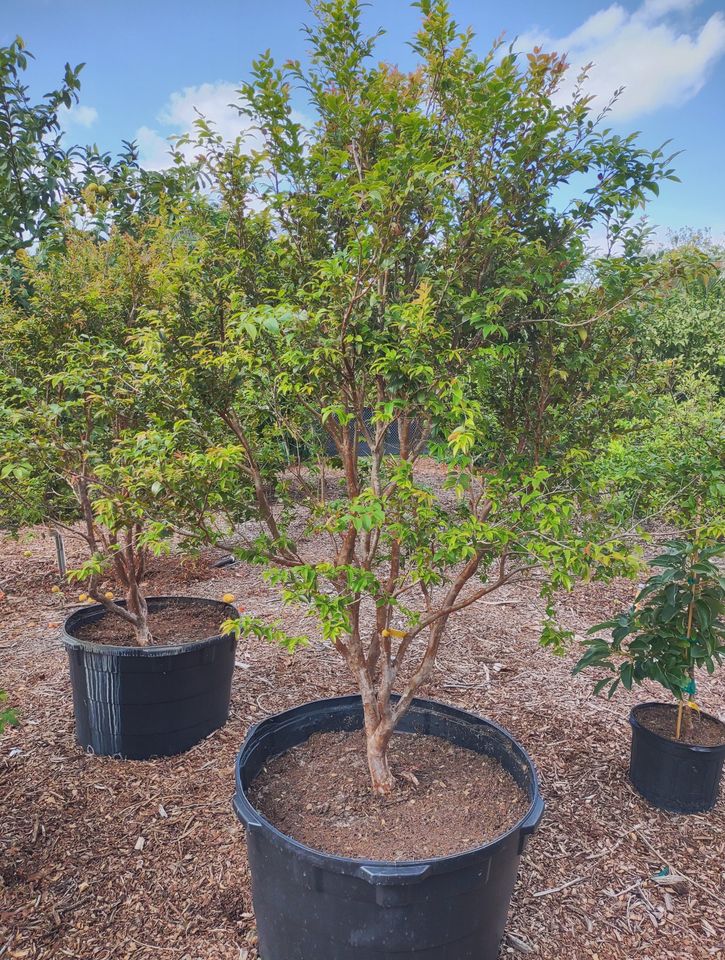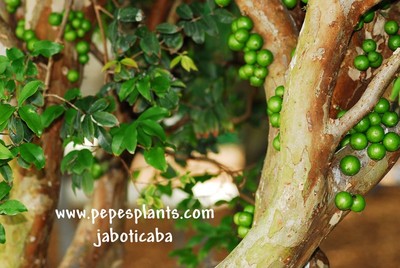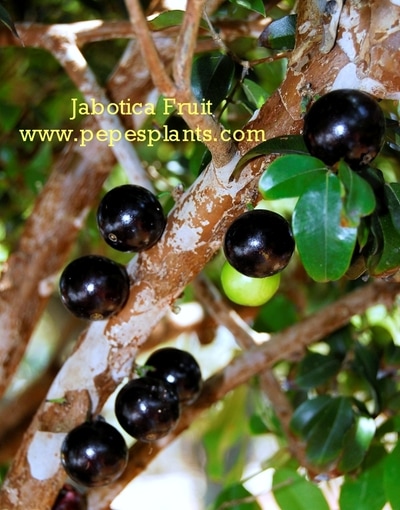Trailer For New Video.
Propagation Techniques: How to Get Multiple Jaboticaba Plants from One Seed.
Full Video Can Be Found Here: https://youtu.be/ZSxllbOaPtI
Propagation Techniques: How to Get Multiple Jaboticaba Plants from One Seed.
Full Video Can Be Found Here: https://youtu.be/ZSxllbOaPtI









